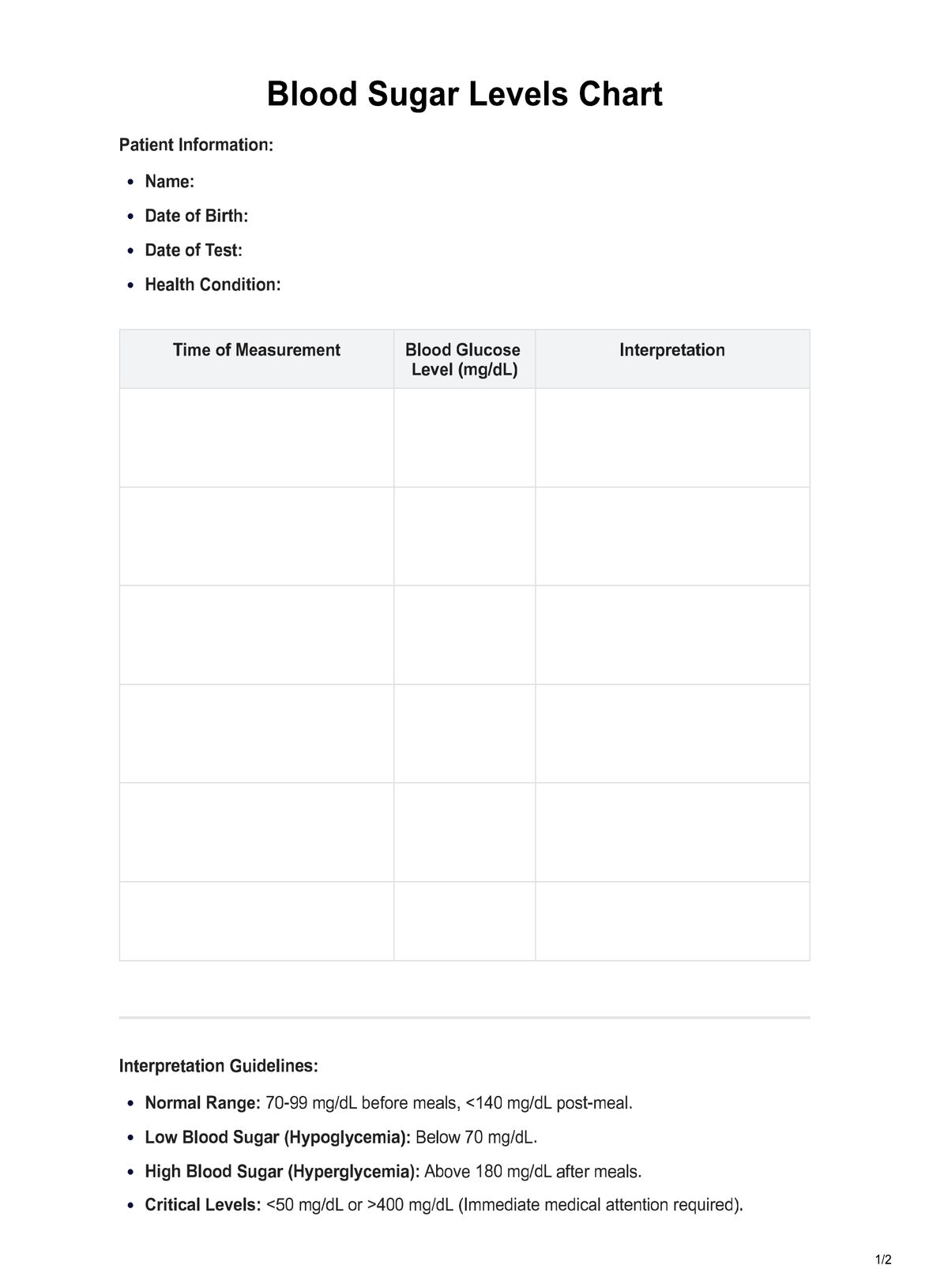Monitoring blood sugar levels is crucial, especially for individuals with diabetes. It helps in understanding how food, exercise, medication, and other factors affect glucose levels, enabling better management and reducing the risk of complications.












